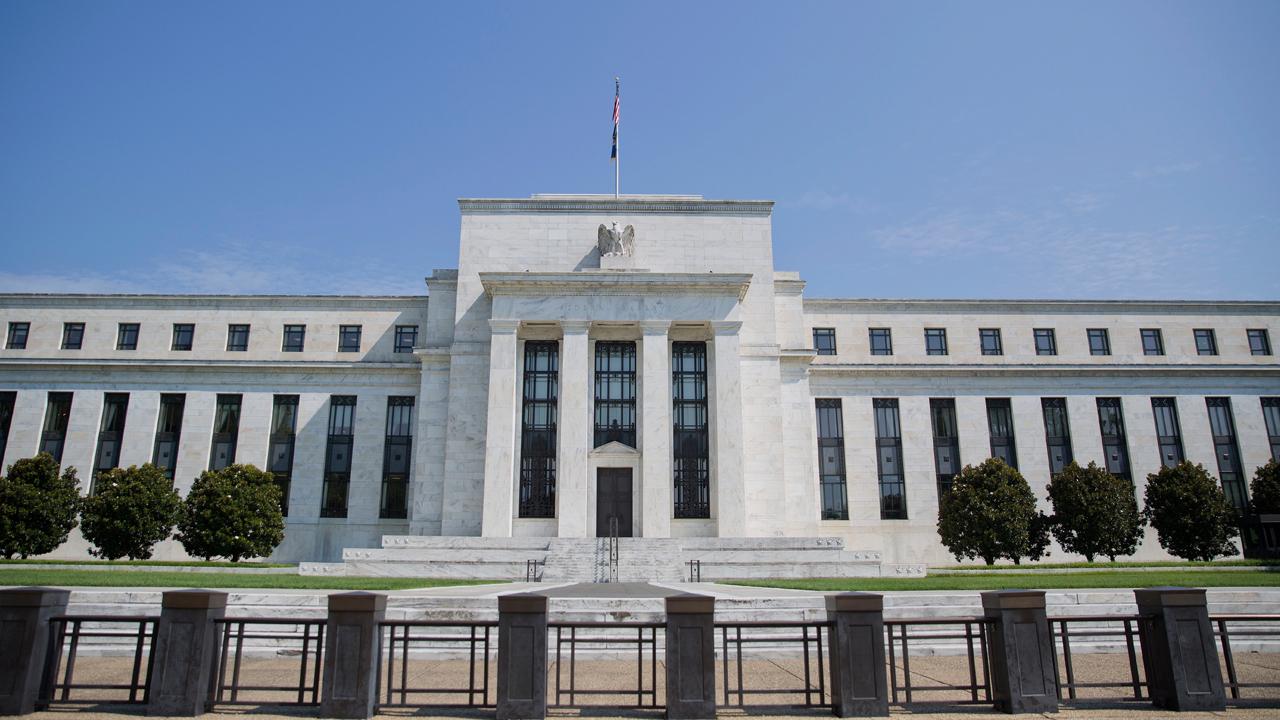Wall Street mixed as financials drag after Fed rate hike
The S&P 500 ended slightly lower on Wednesday pressured by the financial sector after the Federal Reserve announced a widely expected interest rate hike but kept its rate outlook for coming years even as it projected faster U.S. economic growth.
The quarter-percentage-point rise in the overnight lending rate, which marked the third hike this year, came along with an increase to the Fed’s 2018 gross domestic product growth forecast to 2.5 percent from 2.1 percent.
The Dow and the Nasdaq ended higher but the S&P could not sustain gains in choppy trading after the Fed statement.
The S&P was dragged lower by a late-session tumble in bank stocks, which tend to get a profit boost from higher interest rates. The financial sector’s .SPSY 1.3 percent drop for the day suggested, however, that investors may have expected a more hawkish Fed.
“It’s a fairly dovish statement which is positive for risk assets,” said Bill Stone, chief investment strategist at PNC Wealth Management in Philadelphia.
“Always the worry with the market is if the Fed pushes back too hard and takes away the punch bowl. It just doesn’t seem that they’re setting the table for that at all,” he said.
The Dow Jones Industrial Average rose 80.63 points, or 0.33 percent, to end at 24,585.43, the S&P 500 lost 1.26 points, or 0.05 percent, to 2,662.85 and the Nasdaq Composite added 13.48 points, or 0.2 percent, to 6,875.80.
The consumer staples sector .SPLRCS was the strongest of the S&P’s 11 sectors with a 0.5 percent gain. The S&P utilities .SPLRCU sector pared gains after hitting a session high to end up 0.3 percent.
Investors were also keeping a sharp eye on progress in the Republicans’ push for a U.S. tax law overhaul that would involve a corporate tax cut.
Shortly before the Fed news, congressional Republicans said they had reached a deal on tax legislation and U.S. President Donald Trump said he would back a corporate tax rate of 21 percent.
“The equities market is also reacting to the possibility that Congress may have a tax plan on the president’s desk by the end of the year,” said Quincy Krosby, chief market strategist, Prudential Financial, Newark, New Jersey.
Earlier in the day a Labor Department report showed underlying consumer inflation slowed in November, possibly affecting the pace at which the Fed hikes rates.
Investors also assessed Democrat Doug Jones’ victory in a bitter fight for a U.S. Senate seat in deeply conservative Alabama on Tuesday. Some participants said his win could mean trouble for Trump’s policy agenda as it narrows the Republicans’ already slim majority in the Senate.
Advancing issues outnumbered declining ones on the NYSE by a 1.27-to-1 ratio; on Nasdaq, a 1.61-to-1 ratio favored advancers.
The S&P 500 posted 39 new 52-week highs and no new lows; the Nasdaq Composite recorded 67 new highs and 46 new lows.
Volume so far on U.S. exchanges was 6.77 billion shares, compared to the 6.53 billion average for the full session over the last 20 trading days.




















